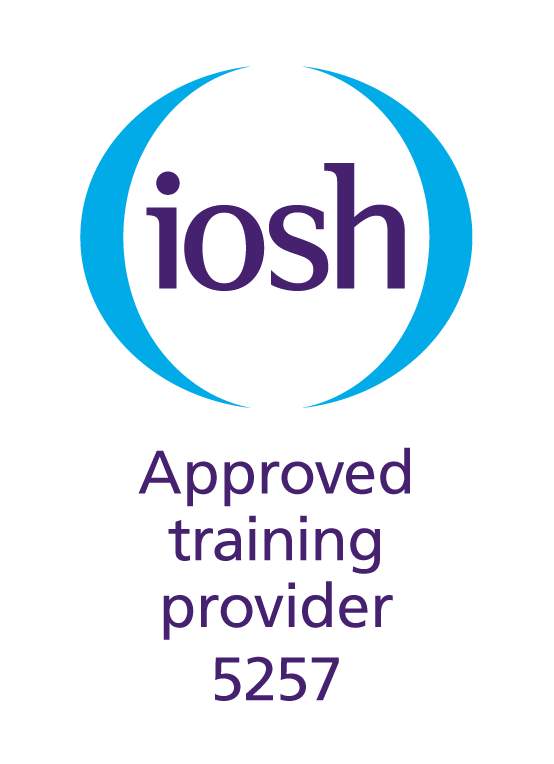implement and maintain safety management system
Here at FMSCS we provide support with Implementing and maintaining a safety management system services.
It is crucial for ensuring safety when delivering products, services, or processes within an organisation. Below are some steps we take to implement and maintain a safety management system:
1. Define Safety Objectives: We start by defining clear objectives for the safety management system. These objectives should align with the organisation’s overall aims and objectives and should be specific, measurable, achievable, relevant, and time-bound (SMART).
2. Establish a Safety Policy: Develop a safety policy that outlines your company’s commitment to safety. The policy should be communicated to all employees, emphasizing their responsibilities and roles in achieving the safety objectives.
3. Conduct Risk Assessments: Identify potential risks and hazards associated with your products, services, and or processes. Perform thorough risk assessments to evaluate the likelihood and severity of these risks. This will help you prioritise safety improvement opportunities.
4. Develop Safety Procedures: Create documented procedures that describe how to perform tasks or processes in a safe manner. These procedures should include instructions, standards, and guidelines for employees to follow.
5. Train Employees: Provide comprehensive training programs to ensure all employees understand the safety procedures and their roles in adhering to them. Training should be ongoing to keep employees updated on best practices and emerging safety concerns.
6. Implement Document Control: Establish a document control system to manage the documentation related to safety procedures. This system should ensure that documents are controlled, reviewed, approved, and regularly updated as needed.
7. Monitor and Measure Performance: Establish performance indicators and metrics to monitor safety performance. Regularly collect data, analyse it, and evaluate performance against established targets. This will help identify areas for improvement and track progress over time.
8. Conduct Audits: Perform regular internal audits to assess compliance with safety legislation, policies and procedures. Internal audits can help identify non-conformities and opportunities for improvement. Additionally, consider engaging external auditors or certification bodies to assess your safety and quality management system against relevant standards or regulations.
9. Continual Improvement: Foster a culture of continuous improvement by encouraging employees to identify safety and quality issues, report incidents or near misses, and suggest improvements. Actively review feedback and implement corrective and preventive actions to address identified issues.
10. Review and Update: Regularly review and update your safety system to ensure its effectiveness and alignment with changing regulations, industry best practices, and organisational goals. Stay informed about emerging safety trends to proactively address potential risks.
If you require our implementing and maintaining a safety quality system services or would like to find out more, please get in touch today – 0121 318 9121
We have a five star reviews from our previous happy customers
ONLINE TRAINING COURSES
We have a large range of online training videos availbale for download, get started today!
call us
email us



